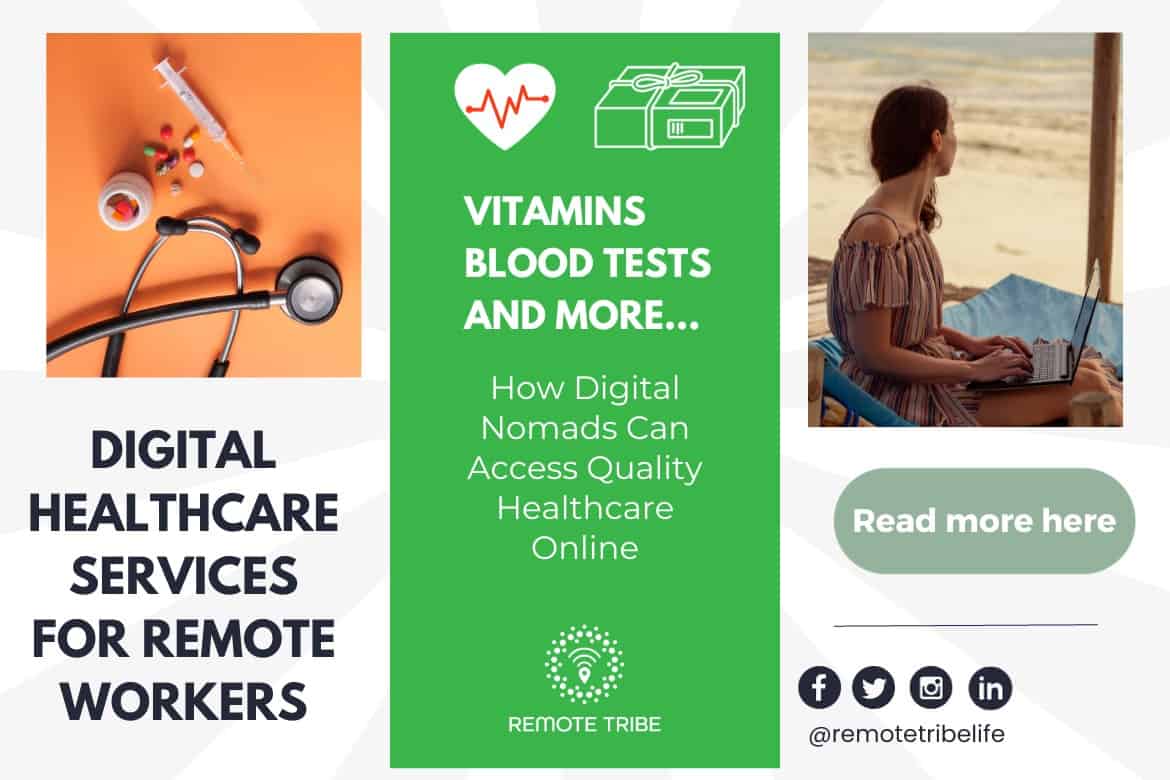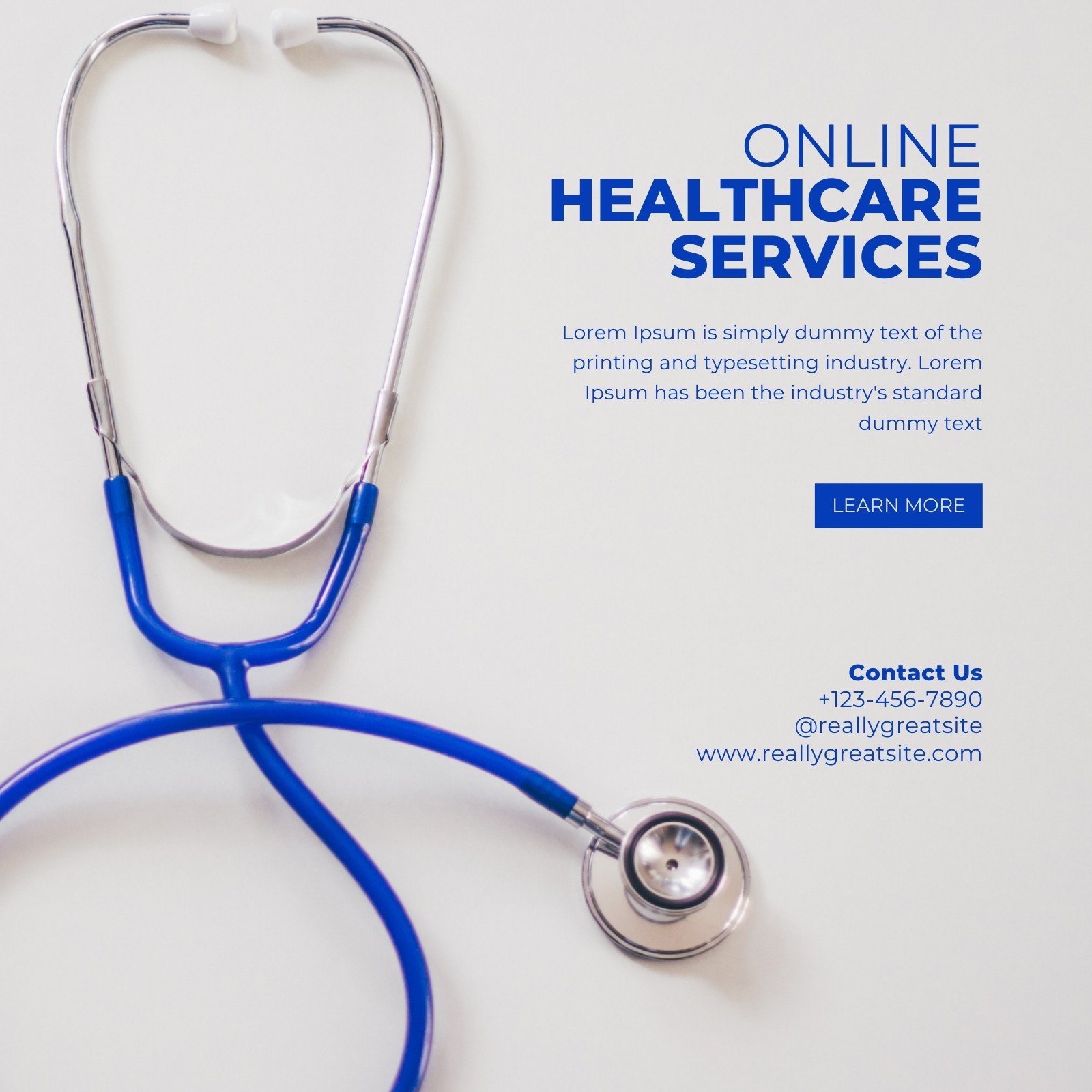How Subscription Based Healthcare is Changing Patient Accessibility to Services
How Subscription Based Healthcare is Changing Patient Accessibility to Services
Blog Article
Browsing the Future of Medicine With Subscription-Based Healthcare Provider
As the health care industry evolves, subscription-based solutions emerge as a crucial design assuring to improve individual treatment delivery. With the potential to offer streamlined, cost-efficient services via foreseeable pricing and customized focus, these solutions stand at the leading edge of contemporary medical development. Yet, as we consider their rise, one should consider the implications of integrating such systems right into existing medical care frameworks. What obstacles do they posture in regards to information protection and equitable accessibility, and exactly how might they redefine the patient-provider partnership? The response to these questions could essentially modify our technique to healthcare.
Rise of Membership Medical Care
As healthcare systems around the world face boosting stress from rising expenses and need for solutions, the advent of subscription-based healthcare designs has actually arised as a transformative trend. This innovative method is interfering with typical healthcare delivery by providing a foreseeable, flat-rate repayment framework for clinical solutions. Rooted in the concepts of attendant medication, subscription-based medical care allows suppliers to concentrate on customized individual care while at the same time taking care of operational effectiveness.
The increasing customer demand for openness and predictability in health care expenses has actually driven the shift in the direction of this design. Subscription-based services usually use direct accessibility to healthcare specialists, which can decrease the management problems associated with insurance policy claims and repayments.
This model is obtaining traction amongst diverse doctor, from health care physicians to specialized centers, by aligning monetary motivations with precautionary and continual care. By moving the focus from quantity to value-based treatment, membership medical care has the prospective to improve the landscape, fostering a more sustainable and patient-centered technique to wellness management.
Benefits for Patients
Additionally, subscription-based solutions commonly stress preventive treatment, encouraging regular examinations and health and wellness screenings. This aggressive strategy can lead to very early detection of health and wellness problems, possibly boosting results and decreasing long-lasting medical care expenses for patients. Such versions normally use transparent rates, allowing patients to better recognize their medical care costs and avoid unforeseen clinical expenses.
The individualized nature of subscription-based health care additionally improves client experience. Clients can obtain customized health care strategies that suit their particular needs, fostering an extra patient-centric method. This personalization can bring about improved individual fulfillment and adherence to treatment plans. Registration solutions usually incorporate wellness programs, sustaining people in preserving overall health and well-being. Ultimately, these benefits jointly add to a more efficient, economical, and patient-friendly healthcare experience.
Modern technology's Duty in Makeover

Expert system (AI) plays an important duty in predictive analytics, assisting in early diagnosis and tailored therapy plans. AI formulas assess huge datasets to recognize patterns that may be neglected by human monitoring, hence boosting medical decision-making. In addition, digital health and wellness records (EHRs) enhance client information management, making certain connection and coherence of care across numerous services and providers.
Blockchain innovation enhances data protection and privacy, critical for keeping patient depend on in electronic systems. It allows transparent and secure deals of medical information, guaranteeing that delicate info stays secured. With the combination of equipment knowing and AI, blockchain can automate intricate medical care procedures, minimizing administrative worries.
Difficulties and Considerations
While modern technology pushes the capacities of subscription-based healthcare solutions, it additionally introduces a set of difficulties and factors to consider that should be dealt with to make certain successful application. One considerable obstacle is the fair ease of access of these solutions. As registration versions frequently depend on electronic systems, there is a threat of exacerbating the digital divide, leaving behind people without net accessibility or electronic literacy. Ensuring these services do not disproportionately benefit only tech-savvy and upscale populations is critical.
Data privacy and safety and security represent another essential consideration. Subscription-based services often require the collection and storage space of huge amounts of personal health details. Carriers have to follow rigid data protection laws to preserve client trust and prevent unapproved accessibility, which can lead to substantial ethical and lawful effects.
Moreover, the sustainability of subscription models view presents a difficulty. As websites healthcare requires develop, keeping a cost-efficient balance in between membership fees and solution quality is essential to stop patient frustration and attrition. Additionally, incorporating these services within traditional health care systems requires smooth interoperability between platforms, which is often a complicated and resource-intensive endeavor. Dealing with these obstacles is important as subscription-based medical care services remain to advance and expand.
Future Implications for Medication
Subscription-based medical care solutions are positioned to significantly affect the future landscape of medication by improving exactly how treatment is accessed and provided. These designs provide the prospective to equalize medical care gain access to, supplying individuals with more customized and timely treatments. By leveraging innovation, such as telemedicine and data analytics, subscription solutions can facilitate continual surveillance and customized health management, hence boosting results and reducing the burden on typical medical care systems.
As these services gain grip, they can promote a shift in the direction of preventative care, emphasizing the relevance of early detection and monitoring of chronic problems. This positive approach might eventually decrease health care costs by minimizing the requirement for expensive therapies developing from late-stage disease administration. Furthermore, membership versions supply a scalable service to attend to disparities in medical care accessibility, especially in rural or underserved populaces.
However, the change in the direction of subscription-based models requires resolving moral and regulatory considerations, including data privacy and fair gain access to. As the market advances, collaborative efforts between policymakers, modern technology developers, and medical care companies will be essential to establishing robust structures that safeguard person passions while promoting technology. Inevitably, these services guarantee to contribute significantly to a much more efficient, patient-centered healthcare ecosystem.

Final Thought
Subscription-based medical care services stand for a considerable advancement in the clinical field, offering foreseeable expenses and customized care that boost accessibility and prioritize preventive steps. Technological improvements, such as telemedicine and AI-driven analytics, facilitate customized person experiences, improving total health and wellness results. Challenges such as data privacy and equitable gain access to have to be resolved to make sure the widespread benefits of these services. As the health care landscape evolves, registration designs are poised to play a critical duty in forming our website the future of medication.
As the medical care market evolves, subscription-based solutions arise as a critical version assuring to reshape patient treatment delivery.As medical care systems around the globe face increasing stress from increasing costs and need for services, the arrival of subscription-based health care models has actually emerged as a transformative fad (subscription based healthcare).With the increase of subscription-based medical care designs reshaping typical health care delivery, individuals are beginning to experience substantial advantages from this cutting-edge method. As health care needs advance, maintaining an economical balance between subscription costs and solution quality is vital to protect against client frustration and attrition.Subscription-based health care services are poised to substantially influence the future landscape of medicine by improving how treatment is accessed and supplied
Report this page